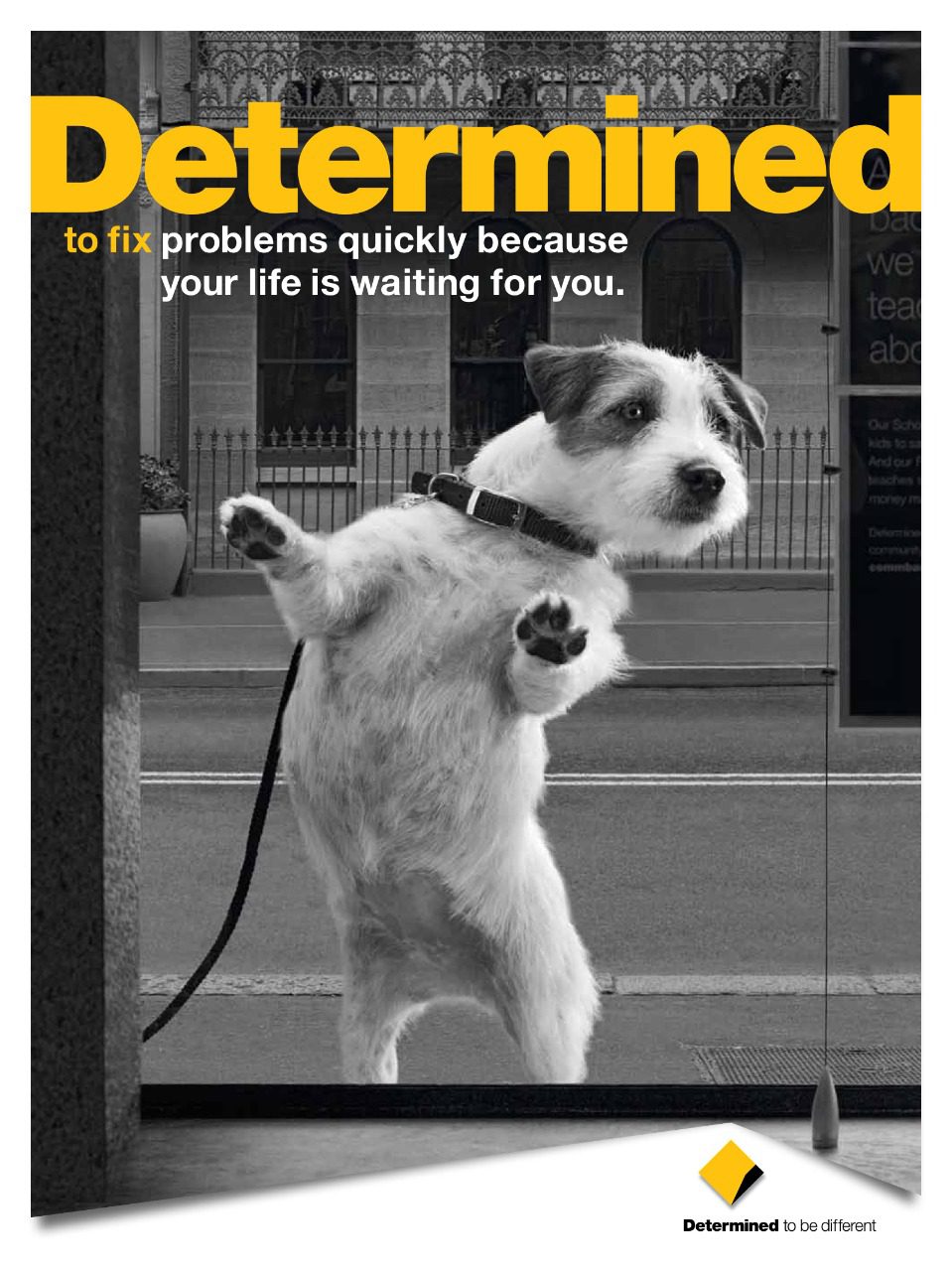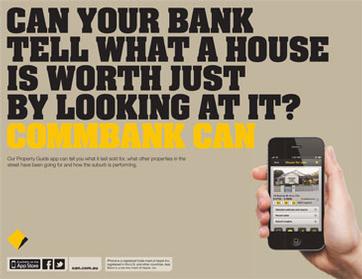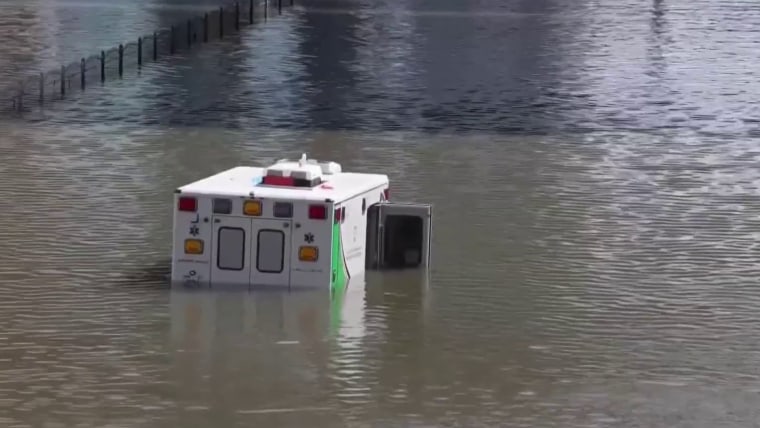Motorists have a small window to fill up on cheaper petrol as many cities hit their first new fuel cycle after the fuel excise tax was reinstated.
Some retailers are charging more than $2.10 per litre across the major capital cities, but others are yet to lift prices, Compare the Market data shows.
The surge in fuel prices follows the return of the fuel excise tax after it was temporarily halved as a cost-of-living relief measure when the war in Ukraine sent fuel prices skyrocketing earlier in the year.
So far, the return of the fuel excise tax has failed to show up at the pump, but Compare the Market energy expert Chris Ford said the start of a new fuel cycle means prices would now start climbing.
He said new fuel price cycles started in Sydney and Brisbane on Friday.
“We know that fuel prices fluctuate in regular cycles and commuters will see the biggest difference between the cheapest and the most expensive at the start of the cycle, when prices are climbing,” Mr Ford said.
In Sydney, Melbourne, Brisbane and Adelaide, a 50-cent gap now exists between the cheapest and most expensive fuel.
Based on a weekly average, fuel prices only rose by a modest 1.4 cents last week, according to the Australian Institute of Petroleum’s fuel report.
The average was likely pulled down by low prices early in the week.
Mr Ford said retailers only started to hike prices over the weekend in most cities.
Wholesale fuel prices have remained fairly steady, but the Organisation of the Petroleum Exporting Countries’ decision to cut production by two million barrels a day is keeping upward pressure on petrol prices.
“Fuel prices skyrocketed earlier this year due to fuel supply chain issues caused by the COVID pandemic, the war in Ukraine and supply shortages, but it’s OPEC’s latest decision to cut oil production that will keep prices high now,” Mr Ford said.
Elsewhere, a senior Reserve Bank official has weighed in on the relationship between the weak Australian dollar and inflation.
While the currency has plummeted against the booming US dollar, RBA assistant governor Christopher Kent says it remains relatively strong compared to other major currencies.
Speaking at a Commonwealth Bank event in Sydney, Dr Kent said depreciation against the greenback would drive up the price of imported goods and services because a lot of global trade is invoiced in US dollars.
While the Australian dollar has fallen by 14 per cent against the greenback in the year, it only declined by 2 per cent on trade-weighted terms – which measures the currency against a basket of global peers.
That’s why the RBA expects the depreciation in the dollar will lead to a “relatively modest” lift in consumer prices.
“A rough rule of thumb from our models suggests that the level of the consumer price index will be higher by only around 0.2 per cent in total over the course of a few years,” Dr Kent said.
He also said the soaring US dollar would eventually start cooling demand for US goods and services.
Australia’s longer-term growth outlook has also been downgraded, although Treasury has boosted its growth forecasts for 2022/23 by a quarter of a percentage point from predictions made in July.
It comes as internal RBA research says property prices could fall by as much as 20 per cent by the end of 2024 amid higher interest rates and a slowing economy.
The country’s slowdown in domestic growth is expected to worsen in 2023/24, with Treasury cutting its forecast for growth by half a percentage point from July projections.
– with AAP
The post Petrol price spike looms for motorists, RBA comments on inflation appeared first on The New Daily.

















